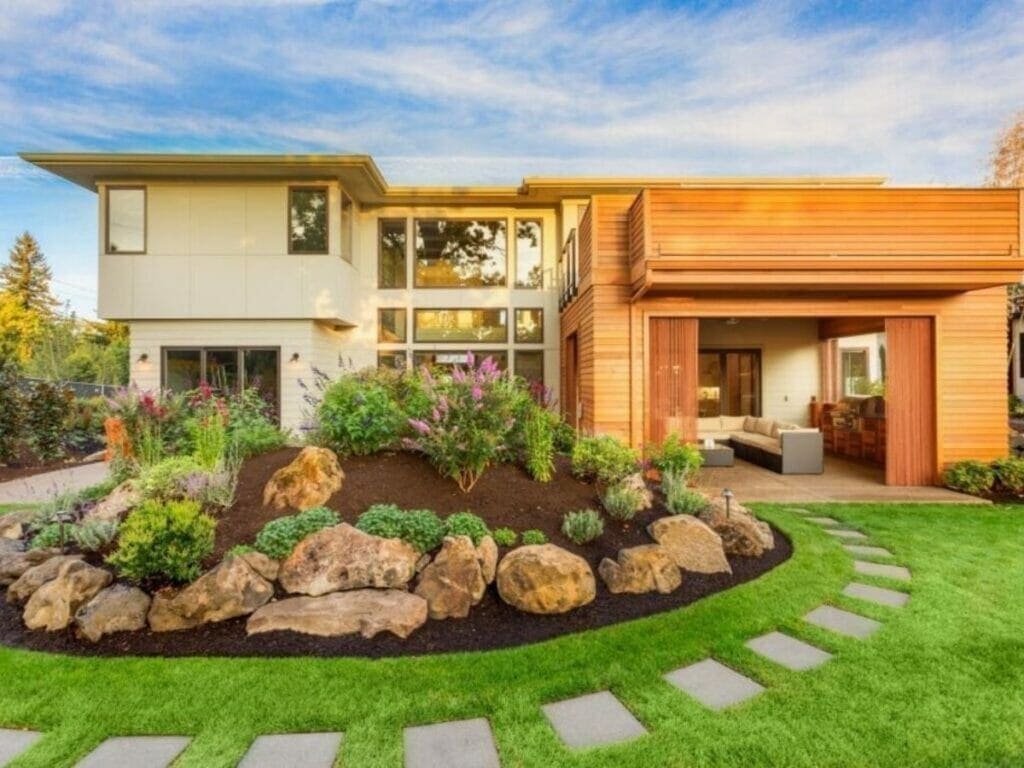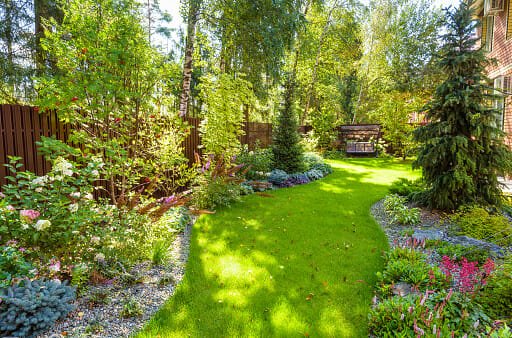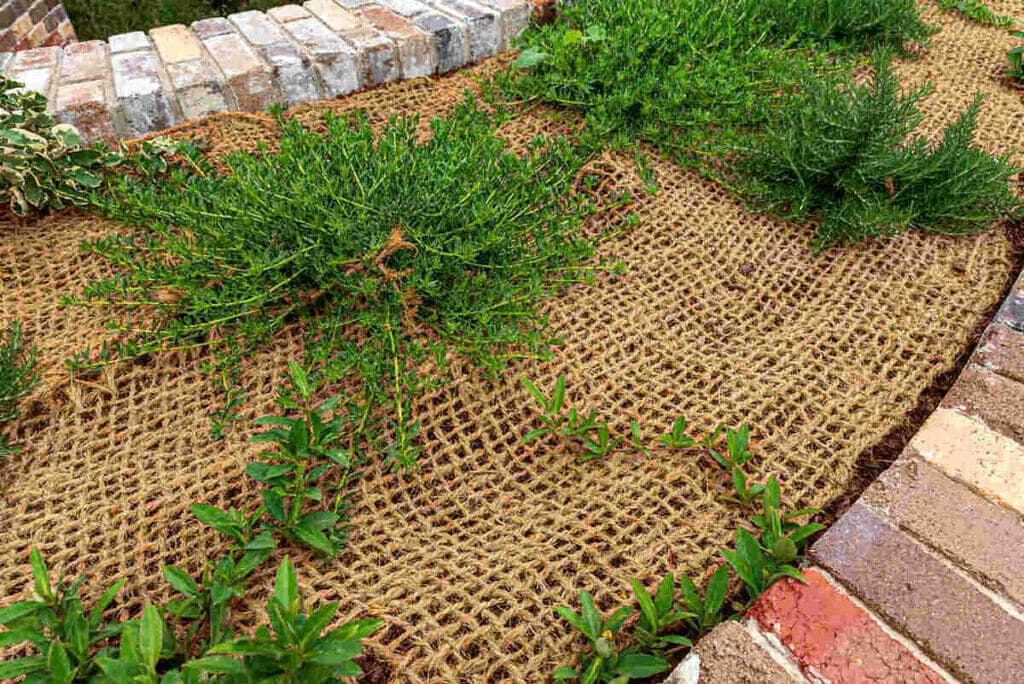The first step in designing a landscape is considering the topography of the property. This will help you to decide how to move water away from the home and towards the rest of the yard. Also, you should consider how people will use the yard. You can design different areas for different purposes and create pathways between the different areas.
How do I create a landscape layout?
When creating a landscape design plan, it is useful to start with a concept drawing, which is a representation of the entire project. It represents each part of the landscape and helps keep the vision consistent. Graph paper is usually used to create this kind of plan. When creating a plan on a larger scale, you can even use two or more sheets taped together.
Once you’ve finished creating a base plan, you can start making adjustments. You can place tracing paper on the plan to make changes. You can also use this to measure the area. By tracing the area, you can easily change the size of the elements. Also, you can use it to measure the size of existing plants.
After you’ve determined the scale for your landscape design, you can add more details as needed. For example, you may want to add a waterfall, or a rock wall. In this case, you can also add a fence to the area. If you are designing an entire property, remember to note all existing structures.
When creating a landscape plan, it’s best to follow the basic steps to ensure that the design is clear and complete. You can use the free templates available online or create your own plan from scratch. Using an online program like EdrawMax is also a great option. Using this program will ensure you have a professional-quality landscape plan in no time at all. The software is easy to use, and it will save you time and money in the long run.
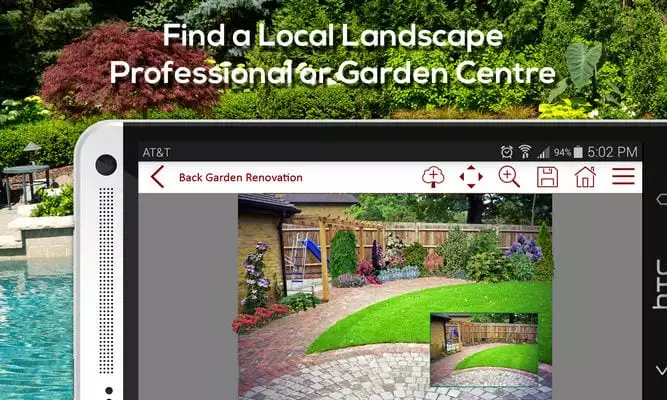
Is there a free app to design landscape?
Using a free landscape design app to plan your landscape design can be a great way to save time and money, and it’s also a great way to create a beautiful landscape for your yard. The Better Homes and Gardens app is a great way to narrow down your choices, but you may need to enter your email address in order to use this program. It’s not the most sophisticated tool, and it’s better suited for beginners.
Better Homes and Gardens landscape design software is free and aimed at do-it-yourself enthusiasts. It offers a drag-and-drop interface and has a large library of design options. It can even create a 3D model of your site and give you a virtual tour. Once you’ve created a design, you can add details and adjust styles to achieve the look and feel you want.
There are also a number of apps available on the App Store to help you design landscapes. One is called Terrarium. This app is free and works on iPhones. It can also provide before-and-after pictures of your yard, which can be shared with your friends. Another free app is Behance, which is a creative portfolio. This app allows you to share your designs with others and can even help you find a landscape contractor.
Landscape design software can help you plan the look of your backyard. Some apps have predesigned templates and even an inventory of items that you can add to your yard. This is great for starting points and a source of inspiration.
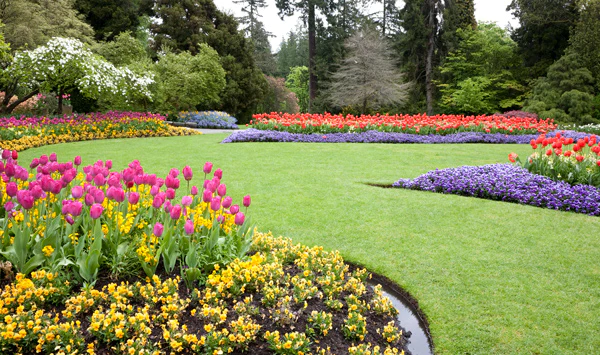
What are the seven 7 principles of landscape design?
There are seven principles of landscape design that you should consider when designing a landscape. These principles are: simplicity, unity, scale, variety, emphasis, and sequence. They all apply to the visual elements of the landscape, such as color, line, and texture. One of the most important principles of landscape design is scale, which is the size and proportion of all objects in a landscape. The right proportion can create a harmonious design.
The most important principle is to make the focal point of the landscape stand out from the rest of the landscape. This can be a single point in the middle of the landscape or a number of points in different areas. It is the job of the focal point to capture the attention of the viewer, although too much focalization can have the opposite effect. Some of the most common features to draw attention are bright colors, statues, and sophisticated shapes.
Another principle to remember is balance. Balance is very important in the design of any landscape, whether it is for a commercial property or for an residential property. A symmetrical design tends to have an symmetrical balance, while an asymmetrical design tends to favor asymmetrical balance. The balance between the two should be considered carefully to create a harmonious design. These principles will help you to achieve a sustainable landscape design and make it more beautiful.
Proximal and distal balance deals with the visual weight of different elements. This can be an opposing focal point in your neighbor’s garden or a stunning mountain backdrop. Proximal and distal balance is the main principle in landscape design, and it is the foundation of a harmonious landscape.
What are the five elements of landscape design?
When designing a garden, there are five elements you must keep in mind. These are color, line, texture, form, and scale. Each of these elements contributes to the visual interest of a landscape. To understand how to apply these elements to your own landscape, start by examining some of the landscapes in your neighborhood. Take note of their characteristics and the types of plants they use. Next, determine which elements of design are most important to them.
Color is a very important design element that can add interest and evoke emotion. It speaks to our emotions, as well as our sense of space and distance. Cool colors are soothing, while warm colors excite and energize us. They also make the space feel larger. Use cool and warm colors in contrasting combinations to create a dramatic effect.
Focus is another important element of a landscape design. It can be a defining feature, such as a fountain, a seating area, or an interesting tree. The focus must be visually appealing and stand out from the rest of the landscape. Focus can also be achieved through repetition of elements, intentional marking of pathways, and using different materials.
Balance is another important element to consider. In landscape design, it is important to balance the mass of objects. Each component should be sized in relation to its surroundings. In addition, each individual plant should occupy an area proportional to the rest of the planting.
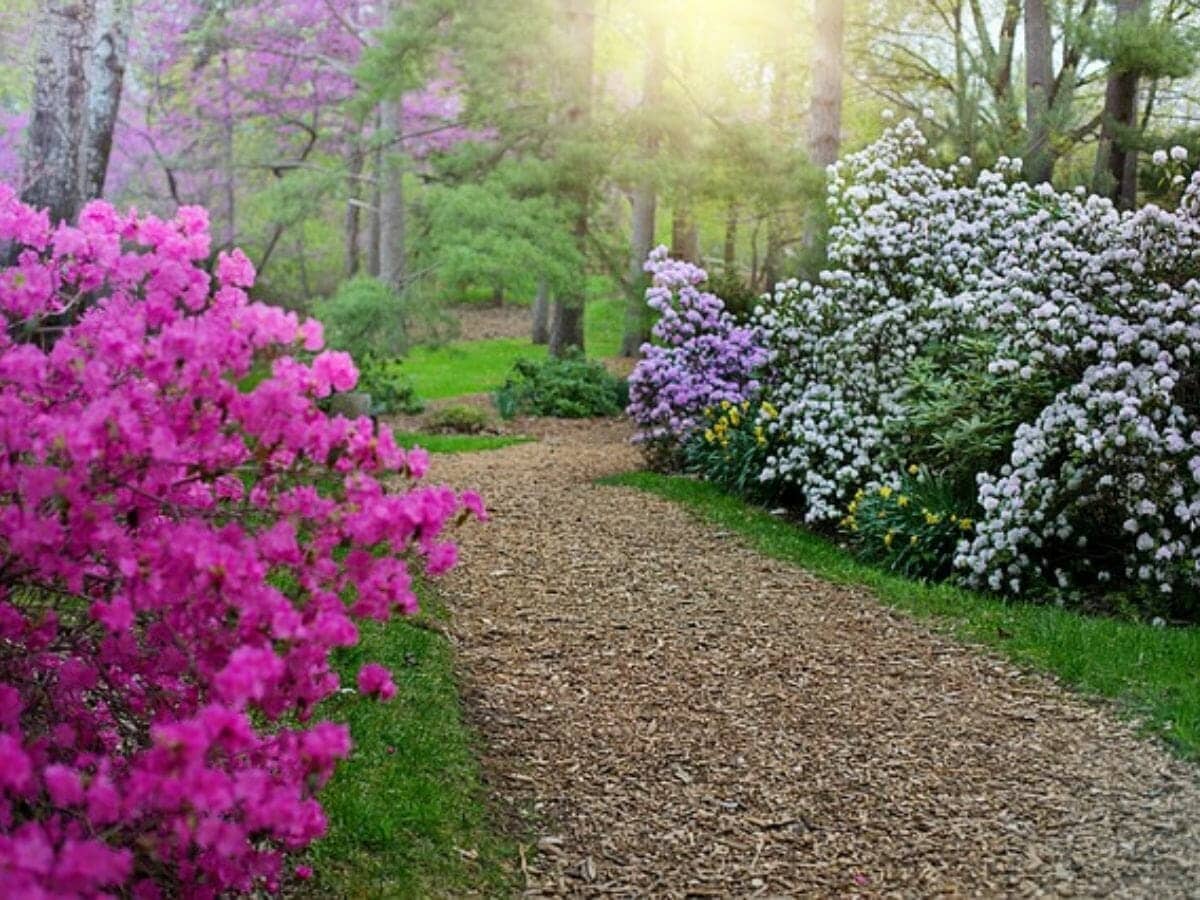
Is there a landscape design app?
Professional landscape designers use computer design software to create their landscape designs. These programs often include realistic photo imaging and CAD designs. Some of the best landscape design apps will also allow multiple users to work on the same project. There are free and paid versions of these programs, with the paid version providing more advanced features. Both free and paid versions offer trial versions, as well as 24/7 support.
These programs are great for landscaping small and large yards. They can even be used to send your design to a contractor or friend. They can also tell you which retailers carry the products you need for your landscaping project. This saves you time by eliminating the need to search for certain items.
Another popular landscape design app is iScape. This application is available for both Android and Apple devices and is free to download. It also allows you to use photos taken with your phone or share them with others. Its database contains plenty of images to use in a landscape design project. iScape has separate versions for professionals and for homeowners.
iScape is an app that can help you visualize your landscape design before digging a single clump. This landscape design app is free for iOS, and it offers several tools that allow you to design your outdoor space. This program also has a 3D visualization feature that lets you see what your landscape design will look like in 3D.
What are the 3 major principles of landscape design?
The three basic principles of landscape design are harmony, contrast, and color. Contrast draws attention to the important elements in a landscape, and color brings those elements to life. Complementary colors are used to create a harmonious landscape. Warm colors make the elements in a landscape stand out, making them seem closer to the viewer. Cool colors, on the other hand, make the elements appear further away.
Proportion is a key element in landscape design. It refers to the relationship between landscape elements, such as plants, flowers, and hardscapes. The ratio between each component should be just right so that they work in harmony. Using too many different colors, shapes, and textures will make a landscape appear busy, rather than harmonious. Following these principles will ensure your landscape design looks aesthetically pleasing and functional.
Color complements form and texture, and repetition is an essential element in landscape design. A landscape plan may also include overlays for irrigation and lighting, which will be addressed at a later time. Landscape designs are a mixture of these elements, and they can be used in different types of open spaces. In order to get the right look for your space, you should have a clear idea of what you want to achieve. Then, consider the space, your favorite plant collection, and the types of hardscaping materials.
Balance is another essential principle in landscape design. Balance is achieved through the distribution of mass. Balance can be symmetrical or asymmetrical. In symmetrical designs, the two sides of a landscape have equal weight and look similar. Asymmetrical designs use different shapes and elements.

